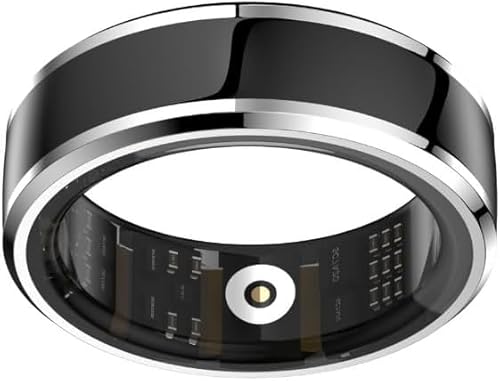Different Tachycardias
Different Tachycardias
Just want to mention something so that some of the folks reading this won't freak out about a less concerning but similarly named heart event that they themselves may have encountered.
What is being referred to in this thread is
Ventricular Tachycardia, which is a dangerous arrhythmia. It's not to be confused with the general term tachycardia, which usually refers to the less concerning and far more common
Sinus Tachycardia.
Sinus Tachycardia is a fairly commonplace heart event in which the heart continues to beat too fast after stimulation or exercise, rather than slowing back down to its normal resting pulse. It's often resultant from fatigue or overexcitement. Note that
during exercise, ST is a normal heart response, and is signified by the rise in your heart rate. It's only a problem when it doesn't slow down afterward.
Tachycardia means that the heart is beating too rapidly (resting rate over 100 bpm). But in the Sinus Tachycardia variety, the heart's electrical system is functioning normally, except for its speed. Certainly, ST does cause the heart to beat inefficiently, due to the ventricles not having time to completely fill between beats, and it will result in fatigue and discomfort. And if it continues for any length of time, it should also be monitored by professionals and may be treated by conversion. But Sinus Tachycardia doesn't tend toward repeat performances, and usually does stop on its own without hospitalization or intervention.
In
Ventricular Tachycardia, the ventricles fire more rapidly and often than the atria, sometimes due to an uncontrolled feedback of electricity through the nerve pathways. The electrical signals are out of synch, and sometimes at odds with each other. In some cases, the patient is able to tolerate the VT fairly well. However, in other cases, the heart may not be able to pump enough blood to the rest of the body, causing low blood pressure, syncope (fainting or feeling faint), and dyspnea (shortness of breath). This naturally becomes worse, the longer the VT attack lasts. Because it causes this inability to provide proper blood volume, VT is potentially fatal on its own. It can also lead into Ventricular Fibrillation, which is a similar arrhythmia in which the ventricles "flutter," instead of properly contracting, almost completely robbing them of the ability to pump blood at all. VF usually leads to collapse and often leads to death if intervention is not rapidly available.
To quantify the issue of VT and VF, here is a piece from
Ventricular Tachycardia, by Steven J Compton, MD, FACC, FACP, at
http://www.emedicine.com/med/topic2367.htm
The incidence of VT in the United States is not well quantified because of the clinical overlap of VT with VF. Examination of sudden death data provides a rough estimate of VT incidence. Most sudden cardiac deaths are caused by VT or VF, at an estimated rate of approximately 300,000 deaths per year in the United States, or about half of the estimated cardiac mortality in this country. This translates to an incidence of 0.1-0.2.0% per year.
Okay, apart from unintentionally scaring everyone worse, here's what you might want to take out of this:
- The discussions in this thread have been about Ventricular Tachycardia,
not the more common Sinus Tachycardia. If you have had Sinus Tachycardia, the talk about ablation is probably
not relevant to you.
- Ventricular Tachycardia and its sometimes companion Ventricular Fibrillation are life-threatening, and VT frequently leads to the installation of an internal defibrillator for that reason. That's why it's considered worthwhile to attempt to treat it with ablation.
Best wishes,






















